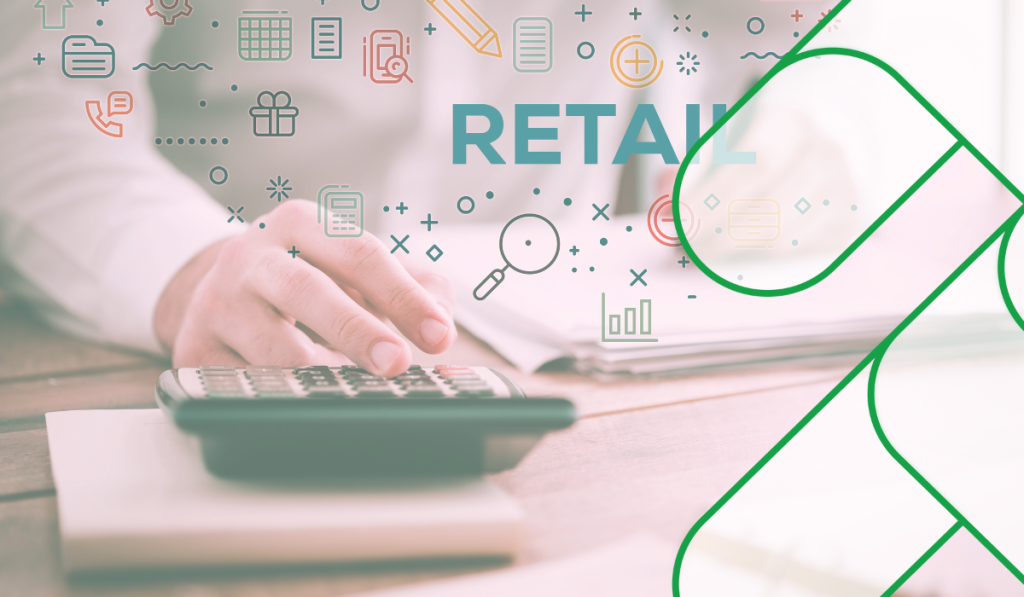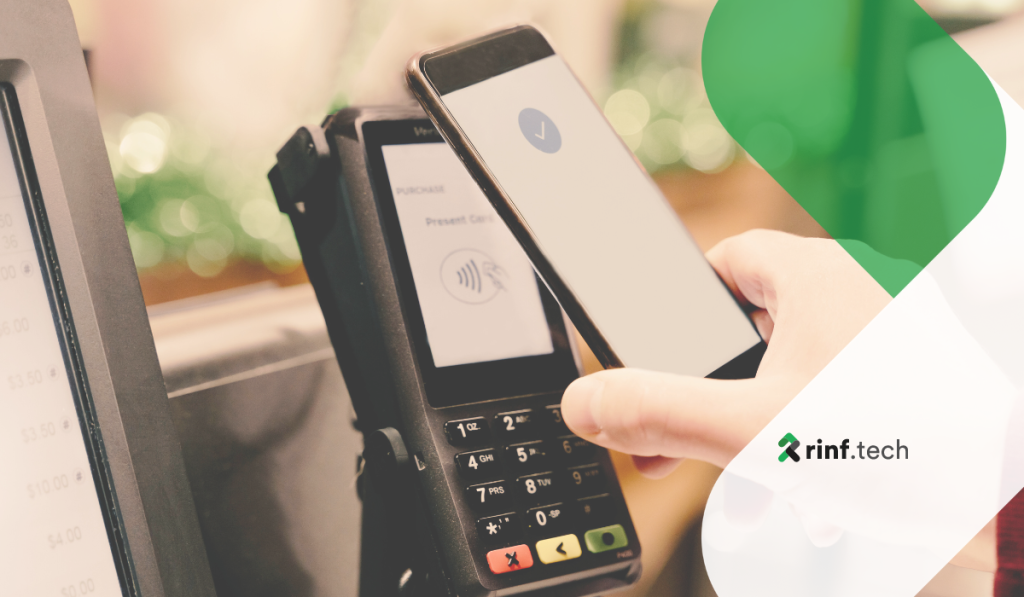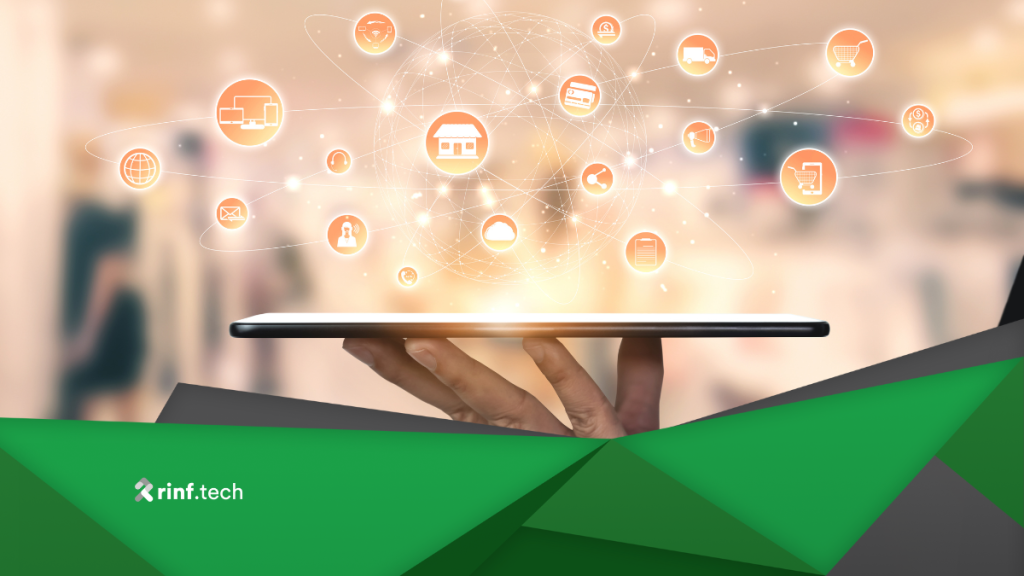
Omnichannel Retail: Technologies, Challenges, and Opportunities
This article explores omnichannel retail. It covers its advantages, the technology driving it, the implementation challenges companies face, and future trends.
Supply chain efficiency depends on fast, effective, and accurate tracking of raw materials and products across the planet. As the Internet of Things (IoT) continues to optimize every aspect of the supply chain, it’s now possible to monitor and measure every part of the supply chain.
This article will look into the latest technologies and approaches to supply chain automation and traceability and how supply chain visibility affects business outcomes.
Supply chain traceability helps businesses create opportunities to improve operational efficiency and mitigate potential risks. This approach also allows companies to pinpoint new opportunities to improve the supply chain and traceability protocols.
By identifying, tracking, and tracing different elements of a product as we move along the supply chain from raw materials to a finished one, enterprises have a chance to detect potential problems before they occur and formulate robust and timely solutions.
The need for traceability is higher than ever before. As such, it’s worth exploring what different supply chain traceability tools you can use to monitor and measure the movement of every aspect of the product’s journey.
There are several advantages to using supply chain traceability systems, but the most important ones are as follows:
All stakeholders in the supply chain, including manufacturers, shipping and logistics providers, and others, know precisely when goods will arrive. This method makes it much easier to plan production and shipping schedules.
Enhanced supply chain management protocols depend heavily on high-quality data. By using a combination of real-time positioning and user-friendly reporting applications, organizations can quickly move forward confidently.
By tracking goods in real-time, you will know exactly where your goods are at any given time. This approach enables seamless transfers between supply chain partners who leverage accurate real-time data.
Traceability tools will help you better understand why specific issues occurred and how to resolve them whenever there is a delay.
When you know where your goods are around the clock, you go a long way in improving transportation security. This approach helps mitigate the risk of theft and other losses.
So, what are the different types of real-time tracking and traceability hardware and software used by supply chain and logistics managers? Let’s take a look.
When a significant amount of manual processes and lack of supply chain visibility leads to substantial inefficiencies, businesses need a robust SaaS-based CRM solution that also ensures traceability.
When Hanhaa, a global IoT Supply Chain Visibility, and Cargo Tracking company, asked for our help, rinf.tech stepped up to the challenge. We built a CRM solution that covered all services provided by key stakeholders within the supply chain.
This disruptive solution with a real-time parcel tracking device and service enables real-time location tracking and security. You can also achieve this at scale and across countries. The end result was 20% more stability, scalability, and performance.
Once goods arrive at a warehouse or their final destination, warehouse and storage tracking technologies help businesses understand where their products are located.
There are a few ways to deploy this type of warehouse and storage and tracking tools:
The cost and effectiveness of these different tools vary and depend on your use case and budget.
Businesses can install fleet tracking hardware on different vehicles used to move goods around the supply chain. In this case, you can deploy fleet tracking hardware on ocean vessels, truck cabs, railcar chassis, and just about any mode of transportation.
Fleet tracking IoT devices report the position of each vehicle based on GPS coordinates. This approach helps logistics companies achieve either periodic or real-time location updates. The GPS hardware installed on the automobiles will be integrated with location-reporting software to query the different GPS devices and show their location on a map.
Combining fleet tracking with artificial intelligence and machine learning allows companies to enjoy immediate routing optimization. Like Google Maps, it will take into account different external factors like traffic and weather conditions that will impact delivery times.
Sometimes organizations track shipments by themselves without tracking different vehicles associated with their transport. In this scenario, GPS-enabled IoT devices are attached to individual pallets or intermodal shipping containers to receive real-time location updates.
This approach is advantageous when shipments are removed and transferred to other vehicles. For example, off a ship and into trucks with some warehouse storage in between. Just like tracking vehicles, shipment tracking helps organizations know precisely where their product is at all times.
Tracking different supply chain-related data from various IoT devices is helpful for any organization. This approach helps companies make data-driven decisions in a timely manner.
An integrated asset tracking software can consolidate all the information and provide a comprehensive view of goods in the supply chain by pulling data from disparate sources.
In this scenario, data complexity makes it vital to have a simple, user-friendly interface where business users can quickly dive in and make decisions to streamline and optimize the movement of products and raw materials.
Tracking the transportation of goods alone isn’t enough. You also have to monitor the conditions in which it’s transported and stored. By leveraging IoT sensors, businesses can monitor environmental factors like moisture, temperature, and so on with regular updates.
Monitoring storage conditions are critical to the transportation of certain medicines and agricultural goods. Companies also use this technology for light-level monitoring of photo-sensitive products.
Other types of storage conditions monitoring tools monitor radiation and pollutant levels in real-time. By pairing these tools with software, businesses can set alerts and alarms for when thresholds are breached.
In recent years, supply chain traceability technologies have come a long way. These tools help businesses provide customers with proof that their purchases were also compliant (especially when it comes to raw materials).
As we move forward, you can expect supply chain automation tools to continue to evolve and revolutionize how the supply chain is monitored, even after delivery.
This approach helps build sustainable production environments across the supply chain while boosting customer confidence, top-line growth, and much more.

This article explores omnichannel retail. It covers its advantages, the technology driving it, the implementation challenges companies face, and future trends.

A comprehensive overview of how fintech innovations drive significant changes in the retail industry.

In this article, we explore a current retail technology landscape and trends shaping the industry, retail tech use cases, as well as what the future holds for retail tech.
Copyright © 2023 rinf.tech. All Rights Reserved.
Terms & Conditions. Cookie Policy. Privacy Policy.
Politica Avertizari de Integritate (RO)